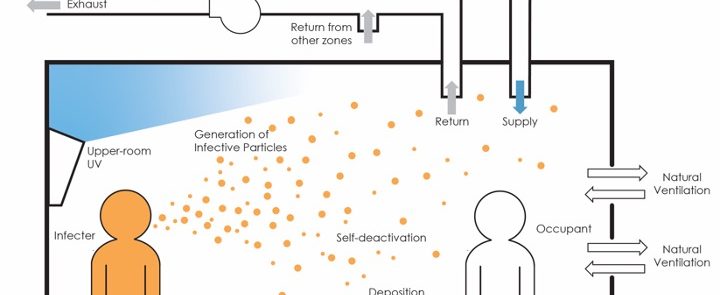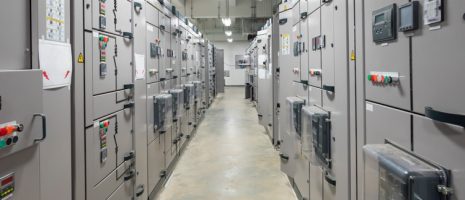ASHRAE’s new standard aims to reduce the risk of airborne disease

By David Bodenschatz
ASHRAE has released Standard 241, which establishes minimum requirements to reduce the risk of transmission of infectious aerosols like COVID-19 and the flu in buildings.
The standard defines the amount of clean airflow (or equivalent) necessary to substantially reduce the risk of airborne disease transmission during times of elevated risk. It is written as a standard of care, not currently adopted by any jurisdictions as a code. At this time, owners decide when it will be enforced.
Standard 241 does not usurp requirements to meet current ventilation standards, or the building code ventilation requirements. Designing the building to meet current codes and standards is a prerequisite to 241.
It’s not intended for day-to-day operation of HVAC equipment. Instead, it creates a building readiness plan (BRP) should another infectious pandemic occur and the building needs to operate in an infection risk management mode (IRMM).
It also provides an alternative mode of operation that improves airflow so you can reduce the risk of airborne disease transmissions, giving the owner the flexibility to improve specific spaces or reduce the occupancy of a space.
During the COVID-19 pandemic, research indicated the virus did not circulate through HVAC systems, but remnants of the virus (RNA) were found there. The presence of viral RNA raises the possibility that in the future, other, lighter, longer-transmission viral particles could enter from room return air and travel within the air handling system into supply air ducts. This standard’s intent is to increase the likelihood of air being cleaned by passing through filters or UV lights.
Owners can comply with Standard 241 in different ways. They may install components during construction, or they could buy and store portable equipment for use during a pandemic.
Standard 241 shouldn’t change how buildings are designed. It will help owners develop a plan to reduce the risk of disease transmission while operating in IRMM.












